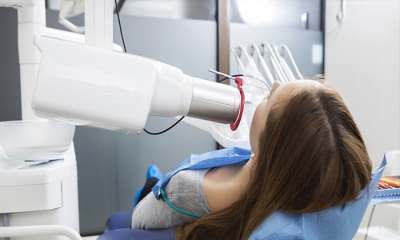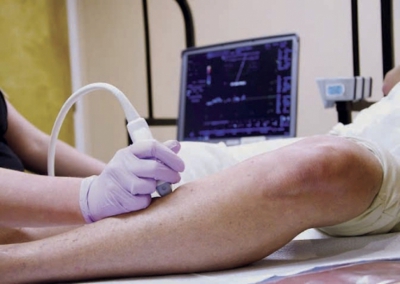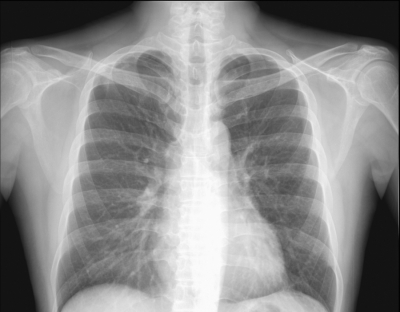Materials and Methods : In this in-vitro study, simulated lesions were created in 15 dry mandibles using a dental round bur. Using CBCT and helical CT techniques, mandibular condyles were radiographed before and after creating the lesions. The images were examined by two oral and maxillofacial radiologists for absence or presence of lesions. The accuracy for detecting mandibular condyle lesions was expressed as sensitivity, specificity, positive and negative predictive values. Differences between the two radiographic modalities were analyzed by McNemar’s test. Inter-observer agreement was determined using Kappa coefficient .
Results : The maximum sensitivity, specificity and accuracy were 100%, 100% and 100% for CBCT images, respectively and 88%, 100% and 98% for helical CT images, respectively. No statistically significant difference was found between the accuracy of CBCT and helical CT for detection of mandibular condyle erosions (P = 1 ).
Conclusion : CBCT is a lower-dose cost-effective alternative to helical CT for diagnostic evaluation of erosion of the mandibular condyle .






